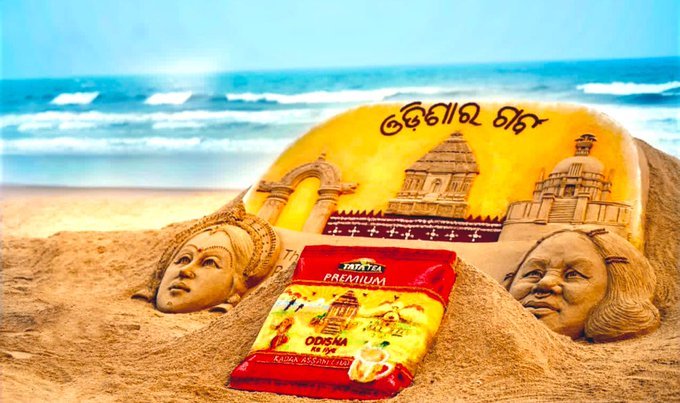From Kalinga To Odisha, Interesting Facts About The ‘Once Regal Seat Of Political Power’

Bhubaneswar: Decades of struggle led to the formation of Odisha on this date (April 1) in 1936.
The state celebrates the day as Utkal Divas with a restricted holiday. The day is also known as Odisha Foundation day and Vishuva Milan.
In ancient times, Odisha was the regal seat of political power known by the name of Kalinga. It was a major seafaring nation that had strong trade links with most of the seaports of the Bay of Bengal.
Several kingdoms – Kalinga, Utkal, Udra/Odra, Kosala, Tosali and Kangoda had flourished in the region.
It was conquered by Magadha King Ashoka in 261 BC. After Mauryan rule, King Kharavela began to rule the region. Kharavela avenged the Mauryan invasion by defeating Magadh. Historians credit Kharavela for laying the foundation for Odisha’s fame as a land of art, architecture and sculpture. He also established a powerful political state.
Gajapati Mukunda Deva was the last Hindu king of Odisha. He was defeated by the Mughals in 1576. A few hundred years later, the British took over and divided the state into different parts. The northern and western districts of the state became part of what was then called the Bengal presidency.
After changing hands from the Marathas, the Mughals and the British, up to 1912, it was a part of Bengal and till 1936 a part of Bihar. The state was officially born on April 1, 1936, after a continued struggle by Madhusudan Das, Gopabandhu Das, Fakir Mohan Senapati, Nilakantha Das, and many others.
In 1936, Odisha had six districts, Cuttack, Puri, Balasore, Ganjam, Koraput, and Sambalpur. Sir John Hubbak was the first governor of the state.
Odisha pronounced ‘ODISA’, comes from the Sanskrit ‘ODRA DESHA’ or ‘ODRA VISHAY’.
Source: visitodisha.org

Comments are closed.